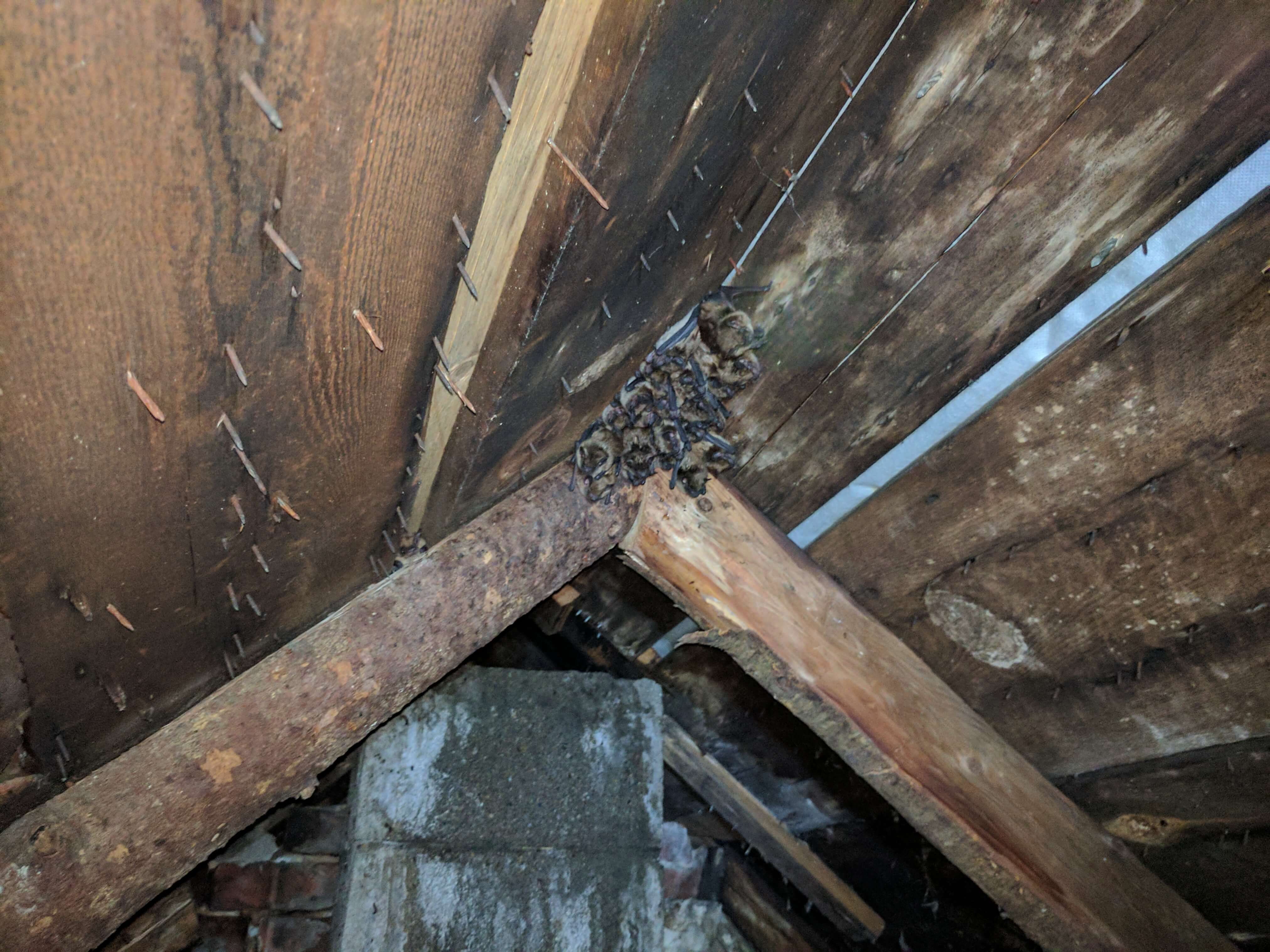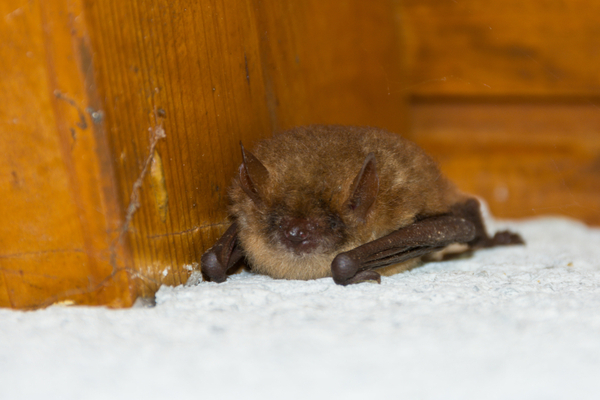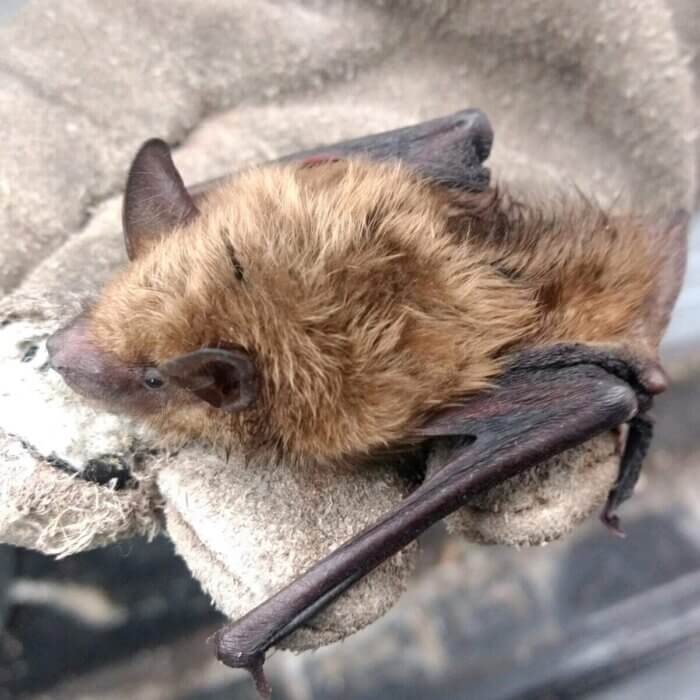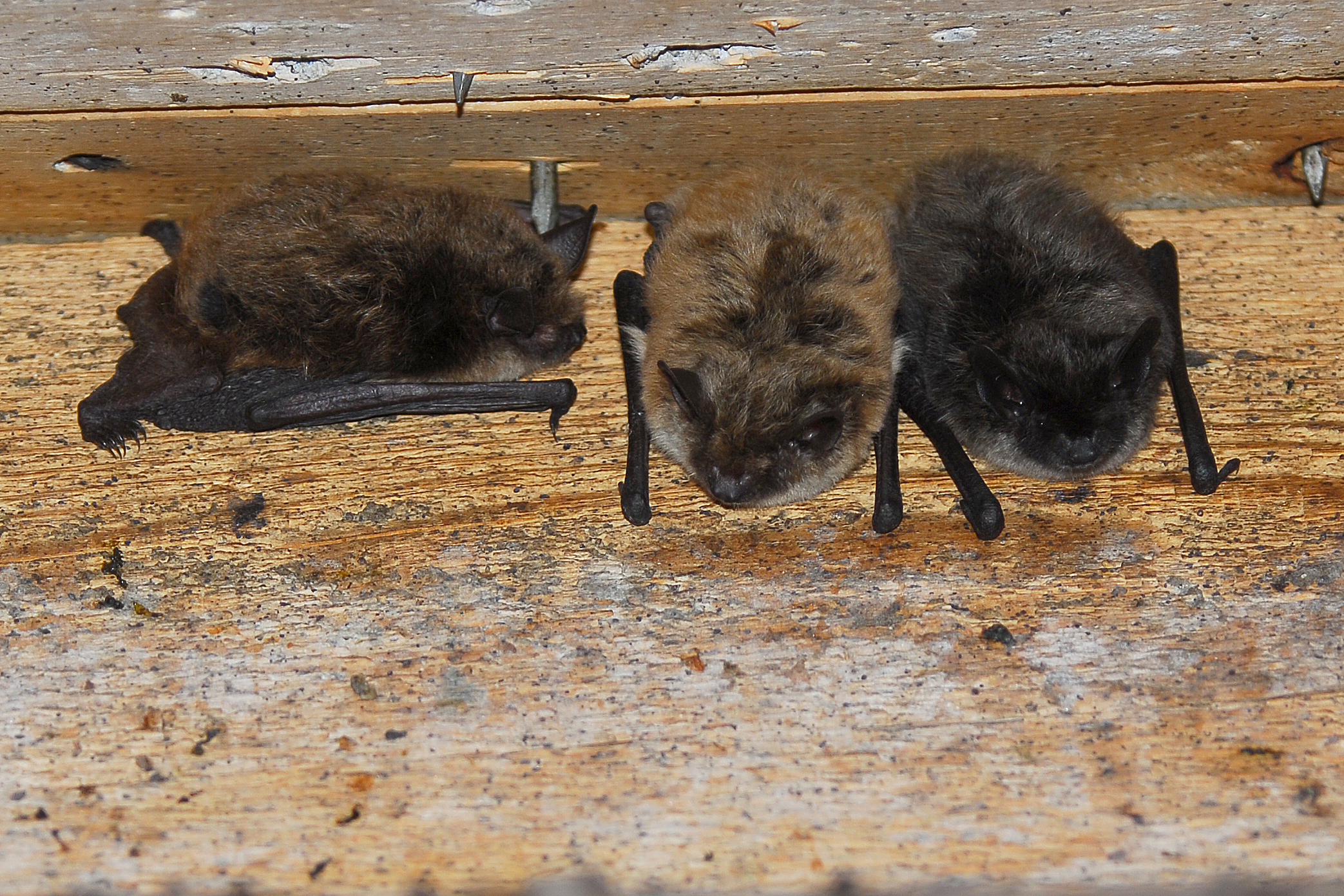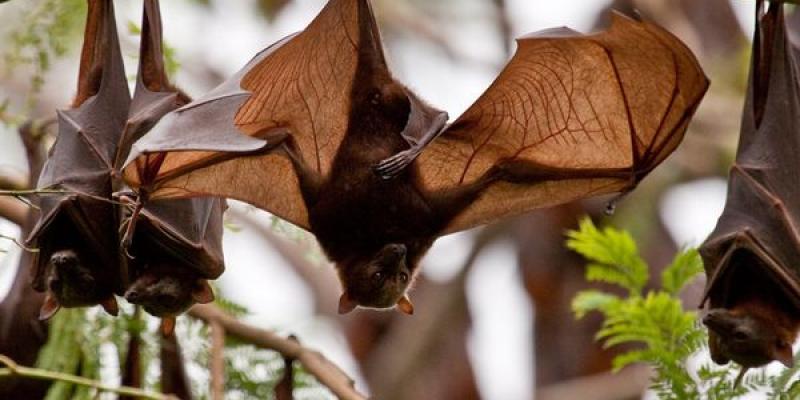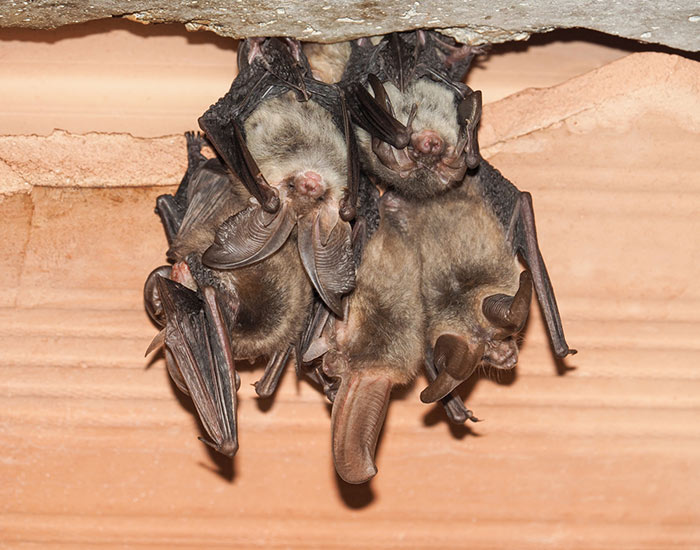Bats In The Attic Winter

This is a good time to contact a professional removal service to have them safely removed.
Bats in the attic winter. They could also roost in your basement though that s less common. Bats travel primarily through flight which expends a great deal of energy. Professional removal bats in your attic during the winter months will spend a majority of the time being inactive. Bats become a problem during winter when they use your home as an over winter roost.
When all bats have left the home for evening hunting this is when you should seal all entry points. During the winter months bats may exit your home to search for water if the temperature move above 45 degrees. Bats often hibernate under insulation to get near warmth from a wall or ceiling. Learn more about these hibernation habits so that you can avoid bats taking over your home during the winter season.
If it gets colder than that the bats in the attic will migrate out allowing you to seal up cracks and other entry points once they leave for the season. But most often bats roost in attics during the winter. Bats can leave droppings called guano all over an attic. Once inside bats will look for the darkest quietest place they can find.
If you live in an area with mild temperatures throughout the year the bats will stay year round. Bats are animals that hibernate during the winter months and will use your home s attic to do it. They rarely hang from the ceiling in an attic during the winter because it is too cold. Bats will hibernate in the winter if the temperature stays at around 35 to 40 f.
Because of the extreme drop in temperature and lack of flying insects as a food source these bats must find a hospitable environment to use as their hibernaculum to endure the winter.







